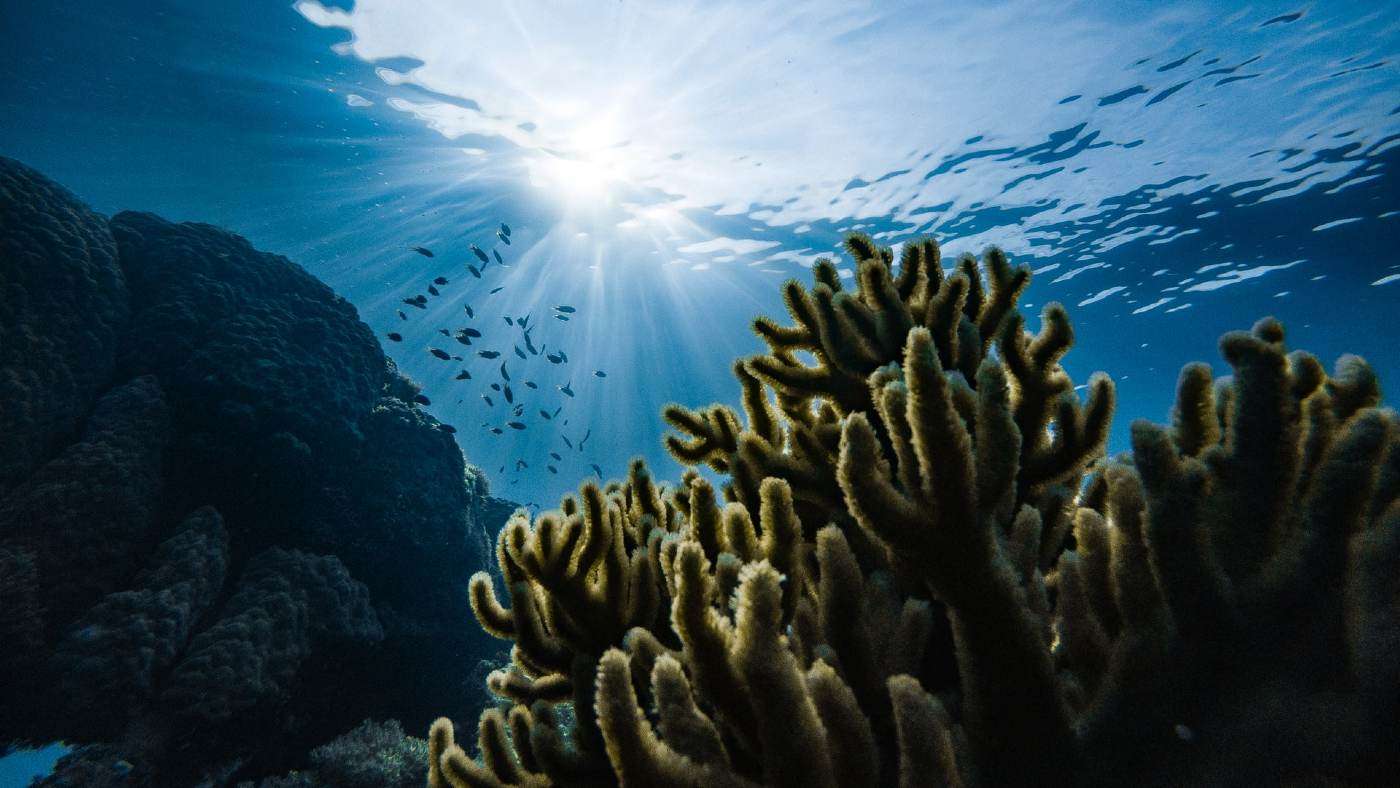First Coral IVF Babies on Great Barrier Reef Have Produced Next Generation
The Great Barrier Reef Foundation confirmed their Coral IVF babies deployed on the Great Barrier Reef have produced the next generation.

Few things are better than a natural mystery-and the rich diversity of chirps, croaks, and chit-chat captured in a recent recording at a newly-restored coral reef has delighted marine biologists with its audible mystery.
The recordings, made three years after a massive rebuilding of coral reef on a 10-acre plot in Indonesia, revealed an oceanic equivalent of an urban hum. It proved not only that the reef had recovered, but that soundscapes of fish here are far richer than ever expected.
The coral reef had been devastated by dynamite fishing off the Spermonde Archipelago in central Indonesia, but after bending steel rebar into hexagonal shapes called "reef stars", the Mars Coral Reef Restoration project produced the growth of millions of tiny animals called polyps.
The Reef Stars stabilized loose rubble and kickstarted rapid coral growth, however, researchers were unsure whether this welcoming fresh start would revive an entire reef ecosystem.
The video below, recorded as the months passed, clearly shows how installing 20,000 of these supportive reef stars and planting over 300,000 corals brought the entire area back to life in just three years.
Despite the clear visual wealth of corals now present on the reef, scientists knew that much of reef life is difficult to see, remaining out of sight with adept camouflage.
But, a new study led by researchers from the University of Exeter and the University of Bristol, used special microphones called hydrophones, instead of cameras to measure just how diverse the restored reefs had become-and discovered diverse sounds, many of which have never been recorded before.
"Some of the sounds we recorded are really bizarre and new to us as scientists," said Professor Steve Simpson of Bristol. "It's amazing to be able to hear the ecosystem come back to life."
"This study provides exciting evidence that restoration really works for the other reef creatures too," said lead author Dr. Tim Lamont from Exeter. "By listening to the reefs, we've documented the return of a diverse range of animals."
Mochyudho Prasetya, and the Mars Coral Reef Restoration Project, have been restoring and monitoring these reefs here in Indonesia for many years. "Now it is amazing to see more and more evidence that our work is helping the reefs come back to life," he said.
The sounds have been described variously as 'laughs, purrs, growls, croaks, raspberries, whoops, foghorns.'
But exactly which fish making these calls remains a mystery.
"The foghorn one really blew our minds," Lamont told The Guardian. "I got really enthusiastic about trying to work out exactly what fish was making it. So I downloaded the noise onto an MP3 player and… I was swimming around blasting it out, trying to get a call and response going."
"I thought I got it replying a few times, but I never saw the fish itself swim out to meet the call. So the mystery continues."
WATCH the extraordinary video to hear the sounds and see the reef grow…
GIVE Others an Earful of the Reef Hustle-and-Bustle on Social Media…
Be the first to comment